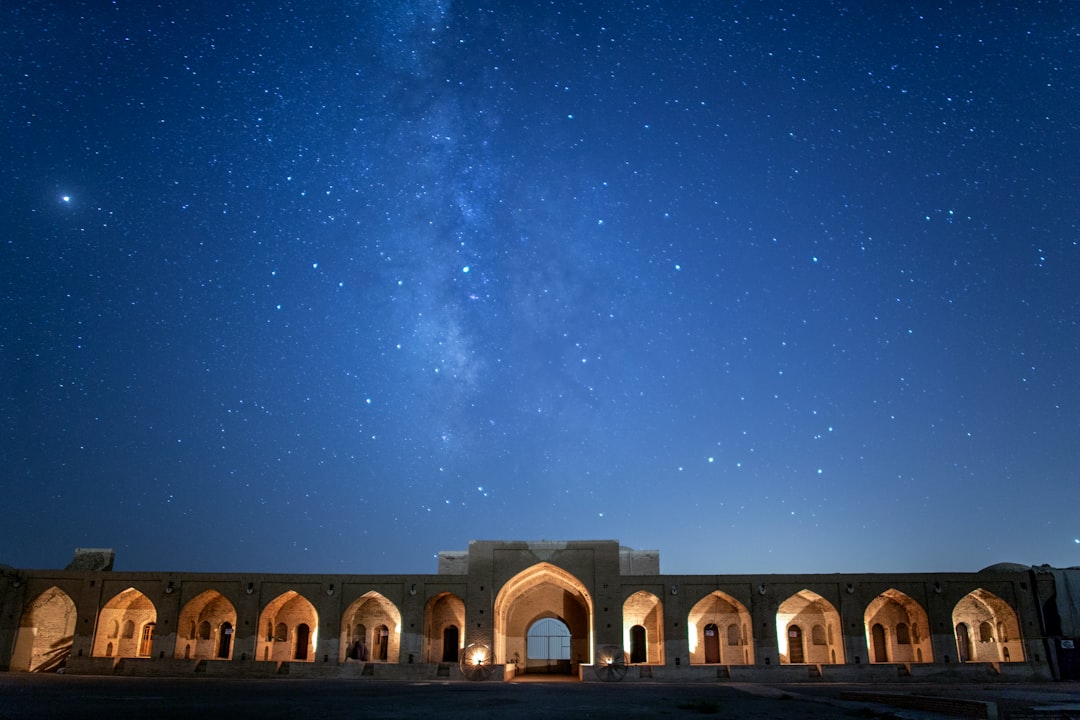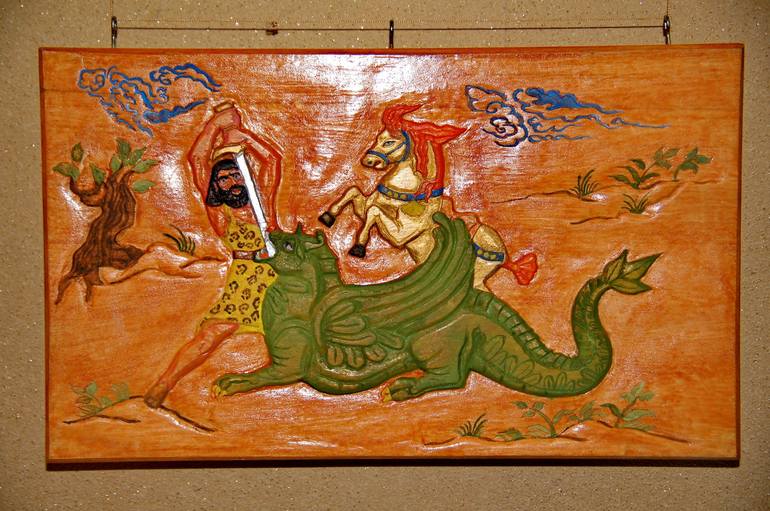Few works loom as large in world literature—and as deeply in Iranian cultural identity—as Shahnameh, the monumental “Book of Kings.” Penned over thirty years by the poet Ferdowsi (c. 940–1020 CE), this 60,000‑verse masterpiece weaves myth, legend, and history into a single sweeping saga of Iran’s past. Whether you’re new to epic poetry or simply curious about Persian heritage, the Shahnameh offers a grand introduction to heroes, kings, and the timeless struggle between good and evil.
1. Origins and Composition
-
Historical Context
In the wake of the Arab conquest (7th century CE), Iran’s pre‑Islamic stories and histories were threatened with obscurity. Ferdowsi set out to preserve them, drawing on older prose chronicles like the Khwaday-Namag (“Book of Lords”) and oral traditions. -
Ferdowsi’s Lifelong Endeavor
Over three decades, Ferdowsi composed the Shahnameh in rhyming couplets of classical Persian, often working by candlelight in his modest hometown of Tus. He famously concluded the epic without royal patronage, urged on by a passion for his nation’s tales.
2. Structure: Three Ages of Iran
-
The Age of Myth & Creation
-
Key Tales: The creation of the world; the reign of the first king, Keyumars; and the heroic battle between the divine demigod Jamshid and Ahriman’s demons.
-
Symbolic Themes: The struggle of light versus darkness; the origins of kingship; and humanity’s evolving relationship with the divine.
-
-
The Age of Heroes
-
Key Heroes:
-
Zāl, born white‑haired and raised by the Simurgh;
-
Rostam, the epic’s greatest champion, whose exploits—like the “Seven Labors” (Haft Khan)—define Persian valor;
-
Sohrab, Rostam’s tragic son, whose fatal duel with his father remains one of literature’s most poignant moments.
-
-
Heroic Code: Loyalty to king and country, unwavering courage, and the tragic costs of fate.
-
-
The Age of Kings
-
Historic Dynasties: From the Sassanian monarchs like Khosrow Parviz to the Muslim‑era rulers who begin the epic’s closing chapters.
-
Political Reflection: Ferdowsi uses these stories to comment on justice, moral leadership, and the cyclical rise and fall of empires.
-
3. Themes & Motifs
-
Fate vs. Free Will: Characters often confront destiny—Rostam cannot escape his tragic end, yet his choices still define his honor.
-
Loyalty and Betrayal: Kings reward virtue but punish treachery—mirroring universal questions about power and responsibility.
-
Heroism Redefined: Beyond battlefield prowess, true heroism in the Shahnameh includes compassion, wisdom, and respect for one’s fellow beings.
4. Literary Style and Language
-
Mastery of Persian Poetics: Ferdowsi elevated New Persian, proving it could rival Arabic in literary prestige. His use of metaphor, alliteration, and vivid imagery creates a tapestry of sound and vision.
-
Oral and Performative Roots: For centuries, the Shahnameh was recited by naqqāls (storytellers) in caravanserais and royal courts, a tradition that endures today in Iran’s cultural festivals.
5. Cultural Legacy
-
National Identity: The Shahnameh sparked a renaissance in Persian art, miniatures, and manuscript illumination—its heroes and scenes brought to life in intricate paintings.
-
Modern Resonance: Iranian writers, filmmakers, and even athletes invoke Ferdowsi’s characters as symbols of resilience and pride. You’ll find Rostam’s visage on stamps, in stadium murals, and across contemporary novels.
-
Global Influence: Translations into English, French, Russian, and beyond have introduced international audiences to this epic, inspiring comparisons with Homer’s Iliad and Tolkien’s legends.
6. Approaching the Shahnameh Today
-
Select a Good Translation: For English readers, editions by Dick Davis, Arthur and Edmond Warner, or Reuben Levy balance poetic beauty and clarity.
-
Start with the Highlights: Dive into Rostam’s adventures or the moving father‑son tragedy of Rostam and Sohrab before tackling the entire epic.
-
Explore Illustrated Manuscripts: Online collections from the British Library or the Metropolitan Museum of Art let you appreciate the lavish miniatures that accompanied royal copies.
-
Join a Reading Circle: Local Persian cultural centers and online forums often host group readings—an ideal way to discuss themes and share interpretations.
7. Why the Shahnameh Still Matters
In a world of fleeting digital media, the Shahnameh endures as a testament to storytelling’s power to forge and preserve identity. Its heroes remind us that courage and compassion transcend time, and its kings teach the delicate balance between ambition and justice. Whether you read it for adventure, poetry, or insight into Iran’s soul, the “Book of Kings” offers an epic voyage through the heart of Persian civilization.
Ready to embark? Turn the first page of the Shahnameh and discover a realm where mortals wrestle with gods, heroes defy fate, and every verse carries the echo of ancient Persia’s proud spirit.





